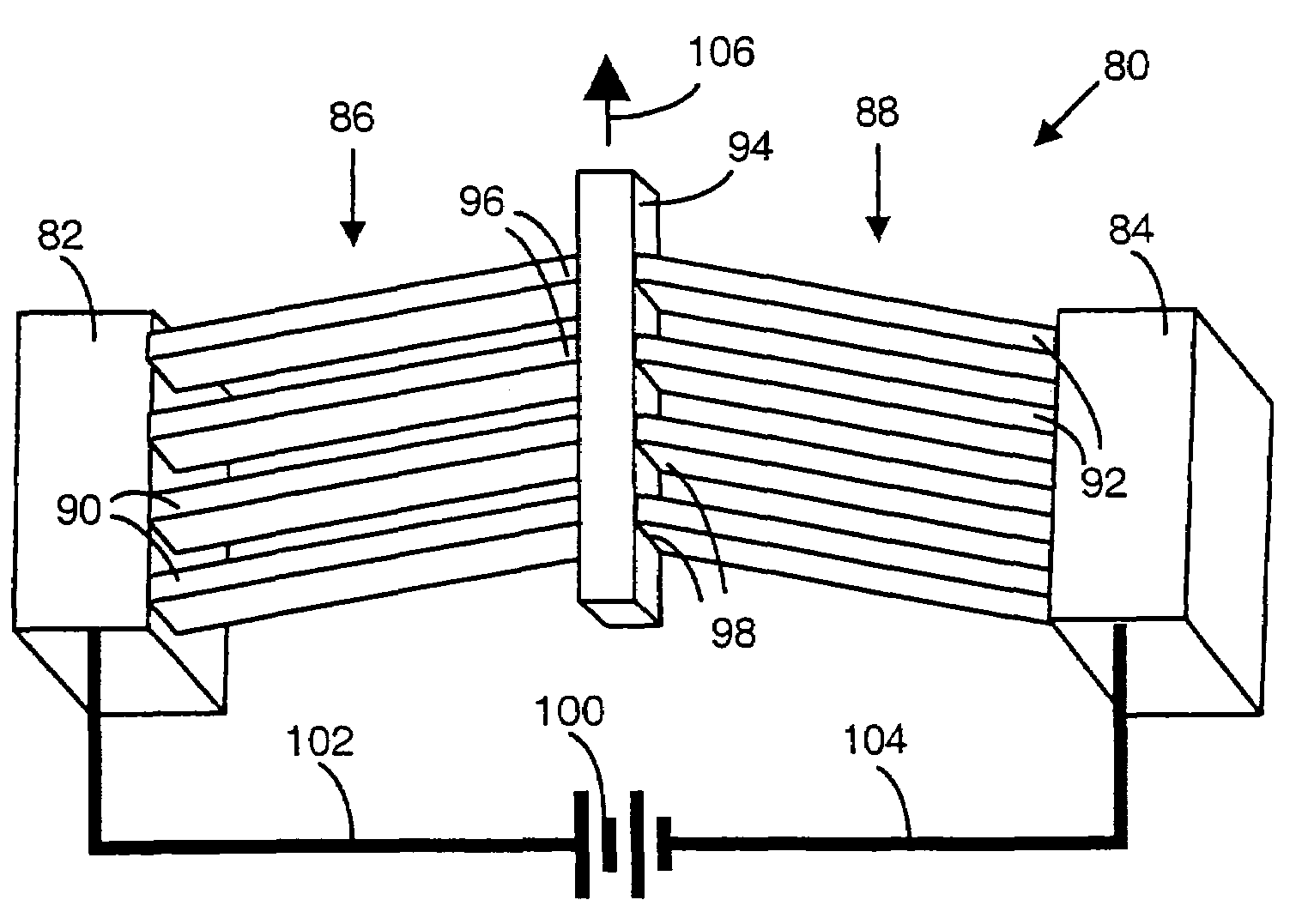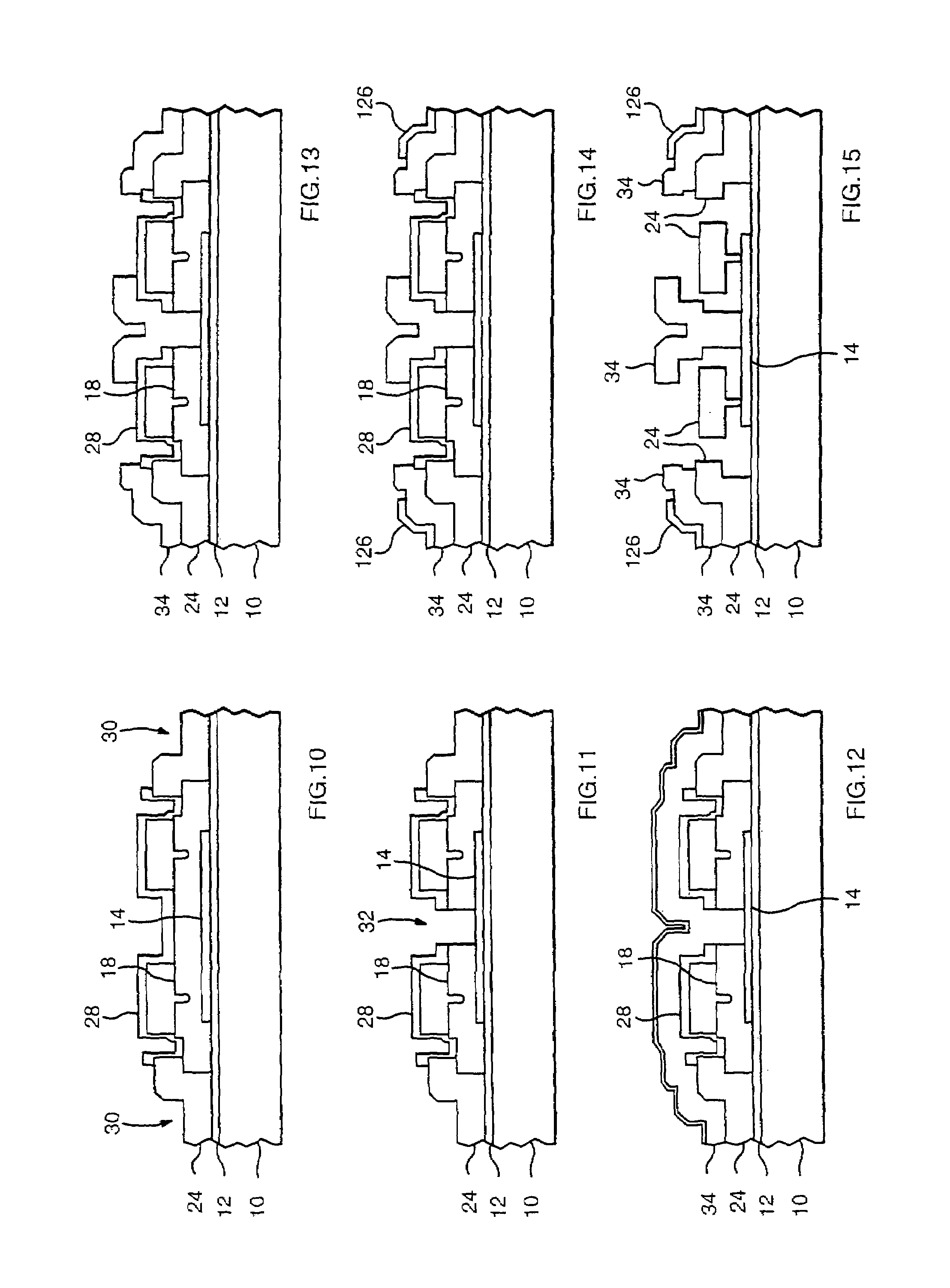Unilateral thermal buckle beam actuator
a technology of actuators and thermal buckles, applied in the direction of mechanical equipment, generators/motors, machines/engines, etc., can solve the problems of large actuation displacement, large actuation displacement, and small actuation energy, and achieve long actuation displacement, small area, and high force
- Summary
- Abstract
- Description
- Claims
- Application Information
AI Technical Summary
Benefits of technology
Problems solved by technology
Method used
Image
Examples
Embodiment Construction
[0023]To assist with understanding the present invention, the general procedure for fabricating micromechanical devices using the MUMPs process is explained with reference to FIGS. 1–15.
[0024]The MUMPs process provides three-layers of conformal polysilicon that are etched to create a desired physical structure. The first layer, designated POLY 0, is coupled to a supporting wafer, and the second and third layers, POLY 1 and POLY 2, respectively, are mechanical layers that can be separated from underlying structure by the use of sacrificial layers that separate layers and are removed during the process.
[0025]The accompanying figures show a general process for building a micro-motor as provided by the MEMS Technology Applications Center, 3021 Cornwallis Road, Research Triangle Park, N.C.
[0026]The MUMPs process begins with a 100 mm n-type silicon wafer 10. The wafer surface is heavily doped with phosphorus in a standard diffusion furnace using POCI 3 as the dopant source. This reduces c...
PUM
 Login to View More
Login to View More Abstract
Description
Claims
Application Information
 Login to View More
Login to View More - R&D
- Intellectual Property
- Life Sciences
- Materials
- Tech Scout
- Unparalleled Data Quality
- Higher Quality Content
- 60% Fewer Hallucinations
Browse by: Latest US Patents, China's latest patents, Technical Efficacy Thesaurus, Application Domain, Technology Topic, Popular Technical Reports.
© 2025 PatSnap. All rights reserved.Legal|Privacy policy|Modern Slavery Act Transparency Statement|Sitemap|About US| Contact US: help@patsnap.com



